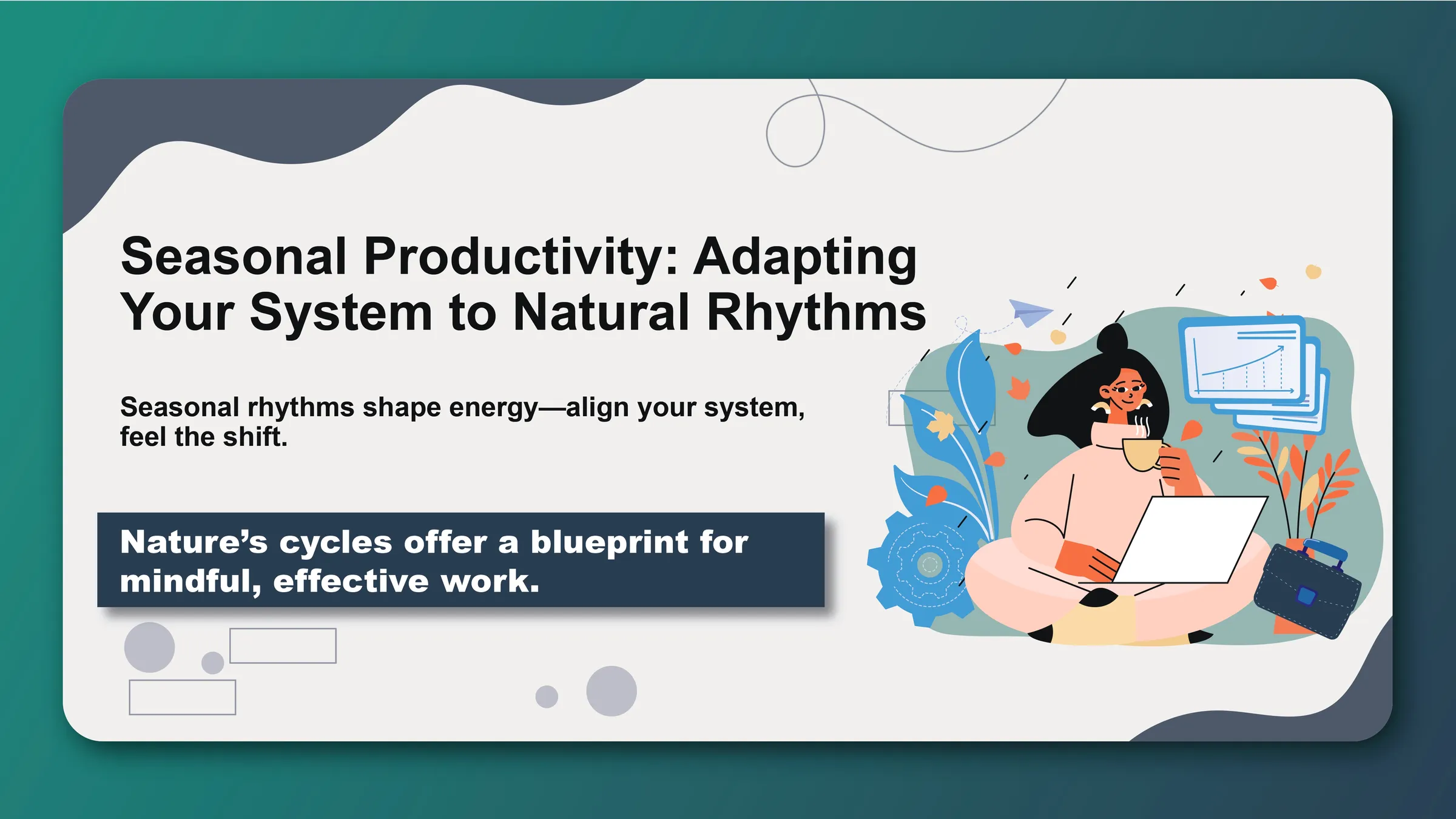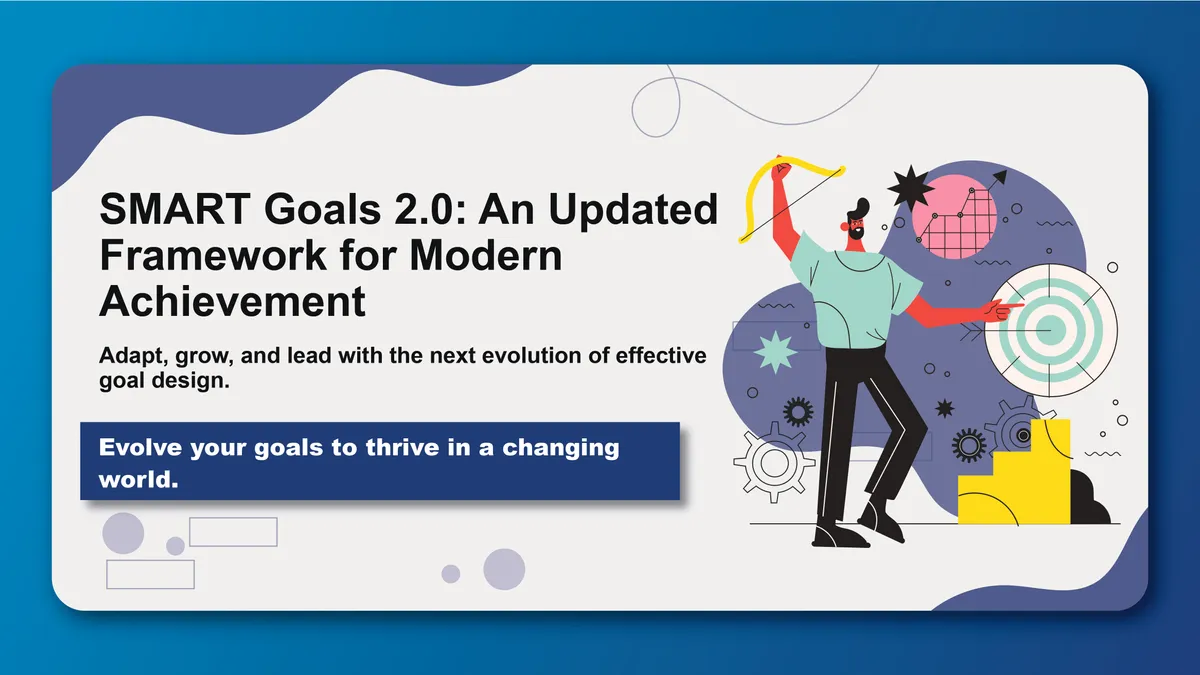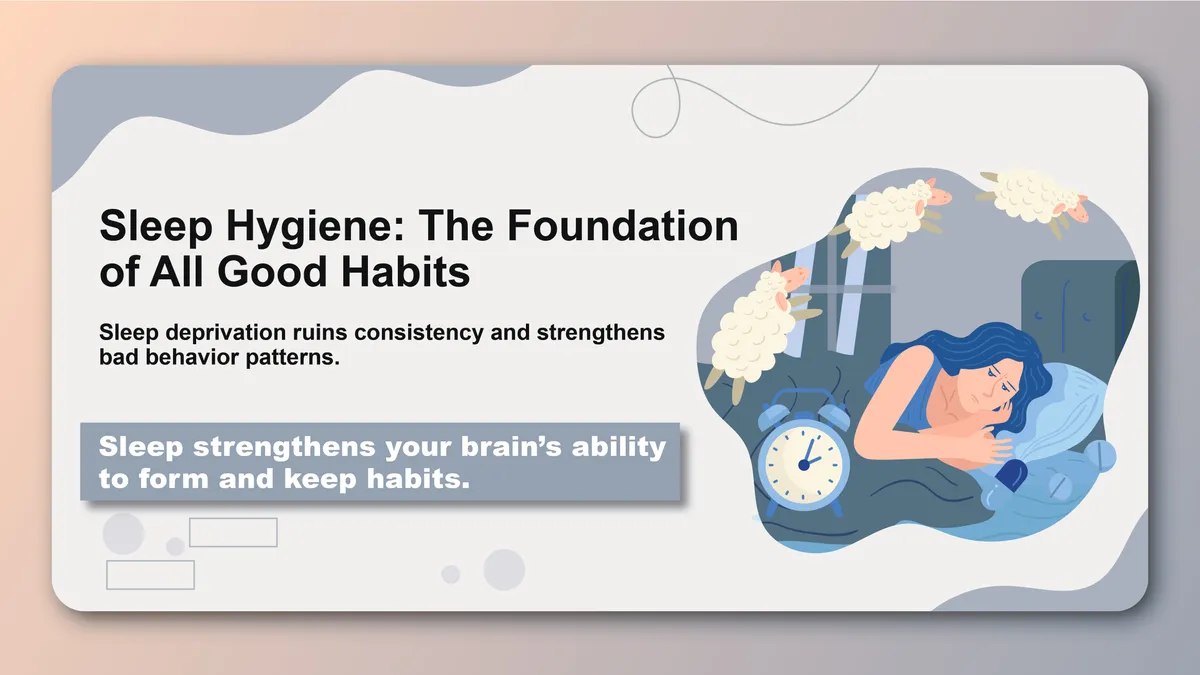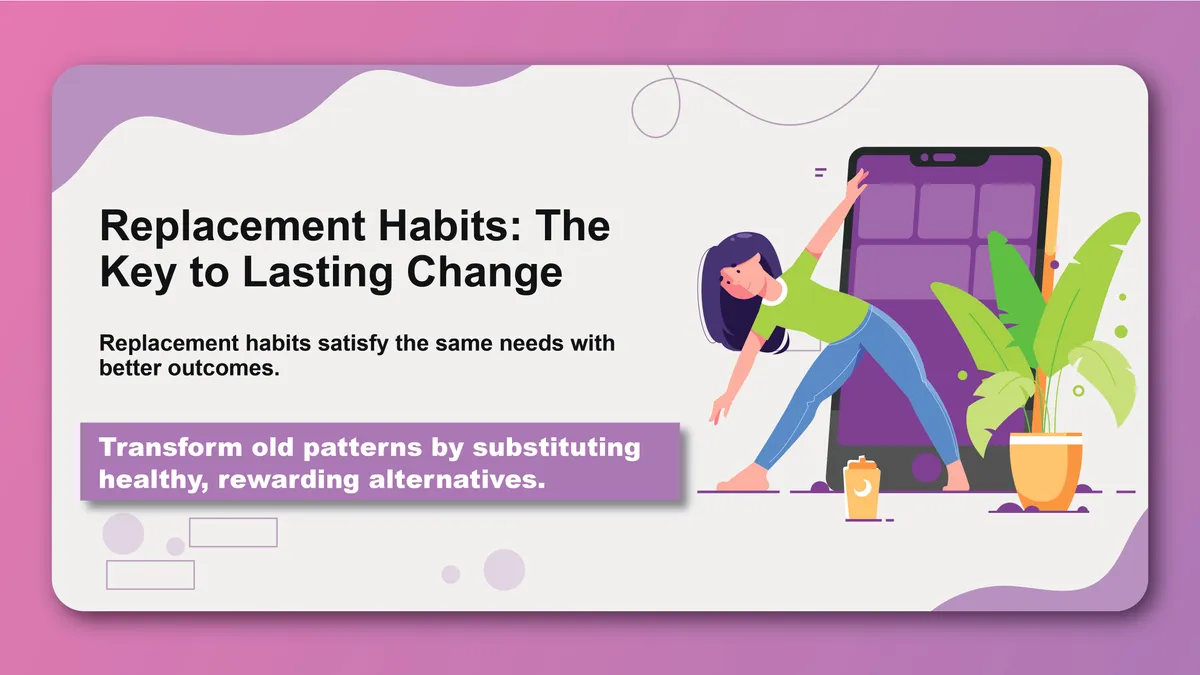For thousands of years, humans lived in harmony with natural cycles. We woke with the sun, slept with darkness, and adapted our activities to the changing seasons. Spring meant planting, summer meant growth, autumn meant harvest, and winter meant rest and reflection.
But modern life has largely disconnected us from these natural rhythms. We work the same hours year-round, under artificial lighting, in climate-controlled environments. We expect the same energy levels in January as in July, the same motivation in November as in May.
This disconnect comes at a cost. When we fight against natural rhythms instead of working with them, we create unnecessary stress, reduce our effectiveness, and miss opportunities to optimize our productivity and well-being.
What if instead of imposing a rigid productivity system throughout the year, we adapted our approach to match the natural ebb and flow of seasonal energy? What if we treated our productivity like a garden—planting in spring, nurturing in summer, harvesting in autumn, and resting in winter?
This is the essence of seasonal productivity: aligning your work patterns, goal-setting, and energy management with the natural cycles that still influence our bodies and minds, even in our modern world.
Understanding Seasonal Rhythms
The Science of Seasonal Variation
Circadian and Circannual Rhythms While most people know about circadian rhythms (daily cycles), we also have circannual rhythms—biological patterns that cycle throughout the year. These affect everything from hormone production to cognitive function.
Light and Melatonin Seasonal changes in daylight hours directly impact melatonin production, which affects sleep, mood, and energy levels. This is why many people feel more energetic in summer and more contemplative in winter.
Vitamin D and Mood Reduced sunlight in winter leads to lower vitamin D levels, which can affect mood, motivation, and cognitive function. This biological reality suggests we might naturally have different capacity for different types of work throughout the year.
Evolutionary Adaptation Our ancestors' survival depended on seasonal adaptation. Spring and summer were times for exploration and high activity, while autumn and winter were times for conserving energy and resources. These patterns may still influence our modern productivity.
Modern Seasonal Challenges
The Constant Productivity Myth Modern culture promotes the idea that we should be equally productive all year round. This creates guilt and frustration when our natural energy doesn't match these expectations.
Artificial Environments Climate control and artificial lighting can mask seasonal signals, making it harder to recognize and adapt to natural rhythms.
Calendar-Based Planning Most planning systems follow artificial calendars (fiscal years, academic years) that don't align with natural seasons, creating additional disconnect.
Seasonal Affective Patterns Many people experience seasonal affective disorder (SAD) or milder seasonal mood changes, but traditional productivity advice doesn't account for these natural variations.
The Four Seasons of Productivity
Spring: The Season of Planting and Growth
Natural Characteristics
- Increasing daylight and energy
- Sense of renewal and possibility
- Natural motivation to start new projects
- Improved mood and optimism
Optimal Spring Activities
- Launch new projects and initiatives
- Set ambitious goals and plans
- Brainstorm and generate ideas
- Network and build new relationships
- Clean and organize systems
- Learn new skills
Spring Productivity Strategies
- Project Planning: Use spring energy to plan major initiatives
- Goal Setting: Align new goals with natural motivation
- System Refresh: Spring clean your productivity systems
- Relationship Building: Invest in networking and collaboration
- Learning: Start new courses or skill development programs
Common Spring Pitfalls
- Overcommitting due to high energy
- Starting too many projects simultaneously
- Neglecting to build sustainable systems
- Forgetting to plan for different seasonal energy levels
Summer: The Season of Growth and Abundance
Natural Characteristics
- Peak energy and alertness
- Longer days and extended working hours
- Natural tendency toward action and achievement
- Social energy and collaboration
Optimal Summer Activities
- Execute major projects and initiatives
- Collaborate and work with teams
- Travel and explore new opportunities
- Take on challenging, high-energy work
- Build and create actively
- Maintain intensive routines
Summer Productivity Strategies
- High-Output Focus: Tackle your most demanding projects
- Collaboration: Leverage social energy for team work
- Intensive Learning: Pursue challenging skill development
- System Optimization: Fine-tune your productivity systems
- Strategic Advancement: Push forward on career goals
Common Summer Pitfalls
- Burnout from overextension
- Neglecting rest and recovery
- Overcommitting to social obligations
- Forgetting to prepare for autumn transitions
Autumn: The Season of Harvest and Reflection
Natural Characteristics
- Steady, focused energy
- Natural inclination toward completion
- Reflective and evaluative mood
- Preparation for quieter periods
Optimal Autumn Activities
- Complete and finalize projects
- Harvest results from spring/summer work
- Evaluate and reflect on progress
- Organize and archive information
- Plan for winter's slower pace
- Focus on quality over quantity
Autumn Productivity Strategies
- Project Completion: Focus on finishing rather than starting
- Results Evaluation: Assess what worked and what didn't
- System Maintenance: Clean up and optimize your tools
- Knowledge Harvesting: Document lessons learned
- Winter Preparation: Plan for reduced energy periods
Common Autumn Pitfalls
- Procrastinating on project completion
- Starting new initiatives instead of finishing current ones
- Neglecting to document learnings
- Failing to prepare for winter energy dips
Winter: The Season of Rest and Reflection
Natural Characteristics
- Lower energy and motivation
- Introspective and contemplative mood
- Natural inclination toward planning
- Need for rest and recovery
Optimal Winter Activities
- Rest and recover from intense periods
- Reflect on the year's accomplishments
- Plan for the coming year
- Read and study deeply
- Maintain rather than expand
- Focus on personal development
Winter Productivity Strategies
- Recovery Focus: Prioritize rest and restoration
- Deep Work: Use quiet energy for focused thinking
- Planning: Prepare for the coming year
- Learning: Engage in passive learning and reading
- Maintenance: Keep systems running without expansion
Common Winter Pitfalls
- Fighting against natural lower energy
- Feeling guilty about reduced productivity
- Neglecting self-care and recovery
- Forcing high-energy activities
Implementing Seasonal Productivity
Seasonal Planning Framework
Annual Planning Cycle
- Winter: Vision and strategy development
- Spring: Goal setting and project planning
- Summer: Execution and high-output activities
- Autumn: Completion and evaluation
Quarterly Reviews
- Assess seasonal energy patterns
- Adjust goals based on natural rhythms
- Plan upcoming seasonal transitions
- Evaluate seasonal strategy effectiveness
Monthly Adaptations
- Track energy levels and mood changes
- Adjust daily routines seasonally
- Modify workspace for seasonal needs
- Plan activities around seasonal strengths
Seasonal Workflow Adaptations
Task Scheduling
- Schedule creative work during high-energy seasons
- Plan administrative tasks during reflective periods
- Align deadlines with natural energy cycles
- Build seasonal buffers into project timelines
Meeting and Collaboration
- Schedule intensive collaboration during summer
- Plan solo work during winter months
- Adjust meeting frequency seasonally
- Consider seasonal team energy in planning
Learning and Development
- Plan skill acquisition during spring
- Schedule intensive learning during summer
- Focus on reflection and integration in autumn
- Emphasize reading and planning in winter
Seasonal Environment Design
Workspace Modifications
- Adjust lighting for seasonal needs
- Modify temperature and air quality
- Change colors and decorations seasonally
- Optimize for seasonal activities
Tool and System Adjustments
- Modify notification settings seasonally
- Adjust productivity system complexity
- Change tracking and measurement approaches
- Adapt tools for seasonal workflow patterns
Routine Modifications
- Adjust wake/sleep times with daylight
- Modify exercise routines seasonally
- Change nutrition and hydration patterns
- Adapt social and collaboration schedules
Geographic and Individual Variations
Climate Considerations
Tropical Climates
- Wet/dry seasons instead of temperature seasons
- Different energy patterns based on weather
- Adaptation strategies for consistent temperatures
- Humidity and weather impact on productivity
Extreme Northern/Southern Latitudes
- Dramatic daylight variations
- More pronounced seasonal mood changes
- Need for artificial light supplementation
- Extended seasonal planning periods
Temperate Zones
- Traditional four-season patterns
- Moderate seasonal variations
- Balanced adaptation strategies
- Classic seasonal productivity approaches
Personal Seasonal Profiles
Seasonal Preference Assessment
- Identify your highest and lowest energy seasons
- Recognize your seasonal mood patterns
- Understand your seasonal work preferences
- Discover your seasonal social needs
Individual Adaptation Strategies
- Customize seasonal approaches to your patterns
- Develop personal seasonal rituals
- Create individual seasonal goals
- Build personal seasonal support systems
Seasonal Sensitivity Levels
- High sensitivity: Dramatic seasonal adaptations needed
- Moderate sensitivity: Subtle seasonal adjustments
- Low sensitivity: Minimal seasonal variations
- Reverse patterns: Energy peaks in traditionally low seasons
Technology and Seasonal Productivity
Digital Tools for Seasonal Adaptation
Seasonal Planning Apps
- Calendar systems with seasonal templates
- Goal-setting tools with seasonal frameworks
- Mood and energy tracking applications
- Seasonal reminder and notification systems
Environment Optimization
- Light therapy apps and devices
- Seasonal workspace lighting
- Air quality monitoring and adjustment
- Temperature and humidity optimization
Health and Wellness Integration
- Sleep cycle adjustment tools
- Seasonal nutrition planning
- Exercise adaptation systems
- Mental health monitoring and support
Data-Driven Seasonal Optimization
Personal Analytics
- Track productivity patterns throughout the year
- Monitor mood and energy variations
- Analyze seasonal work quality
- Measure seasonal goal achievement
Predictive Planning
- Use historical data to predict seasonal needs
- Plan resource allocation based on seasonal patterns
- Anticipate seasonal challenges and opportunities
- Optimize timing based on personal seasonal data
Seasonal Productivity in Teams
Team Seasonal Dynamics
Collective Energy Patterns
- Recognize team seasonal mood variations
- Plan team activities around collective energy
- Balance individual seasonal needs
- Create team seasonal rituals and traditions
Seasonal Workload Distribution
- Assign seasonal roles and responsibilities
- Distribute work based on individual seasonal strengths
- Plan team goals around seasonal capabilities
- Create seasonal collaboration patterns
Remote Team Considerations
- Account for different geographic seasonal patterns
- Adjust team schedules for seasonal variations
- Create virtual seasonal connection opportunities
- Support team members in different seasonal phases
Organizational Seasonal Strategies
Business Cycle Alignment
- Align business planning with seasonal productivity
- Create seasonal budget and resource planning
- Develop seasonal marketing and sales strategies
- Plan organizational changes around seasonal energy
Cultural Integration
- Develop organizational seasonal traditions
- Create seasonal celebration and recognition programs
- Integrate seasonal awareness into company culture
- Support employee seasonal adaptation needs
Your Seasonal Productivity Action Plan
Phase 1: Assessment (Current Season)
- Track your energy and mood patterns for 2-4 weeks
- Identify your current seasonal characteristics
- Evaluate how well your current system matches seasonal needs
- Note areas where you're fighting against natural rhythms
Phase 2: Planning (Next Season)
- Research the upcoming season's characteristics
- Plan activities that align with seasonal energy
- Modify your productivity system for seasonal transition
- Set seasonal goals and expectations
Phase 3: Implementation (Seasonal Transition)
- Gradually adjust routines and systems
- Modify your environment for seasonal needs
- Communicate seasonal changes to colleagues and family
- Monitor and adjust your seasonal approach
Phase 4: Optimization (Throughout the Year)
- Track seasonal productivity patterns
- Refine your seasonal adaptation strategies
- Build a library of seasonal productivity techniques
- Help others implement seasonal productivity approaches
The Future of Seasonal Productivity
Emerging Trends
Personalized Seasonal Intelligence
- AI-powered seasonal productivity recommendations
- Predictive seasonal planning systems
- Personalized seasonal environment optimization
- Adaptive seasonal goal setting
Workplace Evolution
- Seasonal flexibility in work arrangements
- Seasonal team composition and roles
- Seasonal office design and layouts
- Seasonal compensation and benefits
Technology Integration
- Smart seasonal environment control
- Seasonal health and wellness monitoring
- Seasonal collaboration and communication tools
- Seasonal learning and development platforms
Seasonal productivity isn't about working less—it's about working smarter by aligning your efforts with natural rhythms. When you understand and adapt to seasonal patterns, you don't just become more productive; you become more satisfied, less stressed, and more connected to the natural world around you.
Your productivity system should be like a river, flowing with the natural contours of the landscape rather than fighting against them. Embrace the seasons, adapt your approach, and discover how working with natural rhythms can transform both your productivity and your well-being.
Ready to align your productivity with natural seasonal rhythms? Create your seasonal productivity system with Habityzer and discover how working with natural cycles can enhance your effectiveness and satisfaction.



